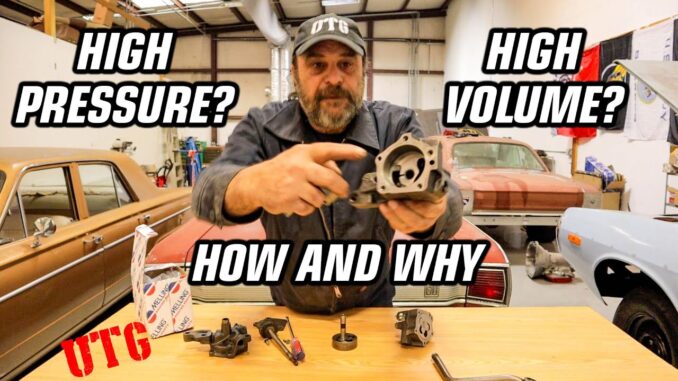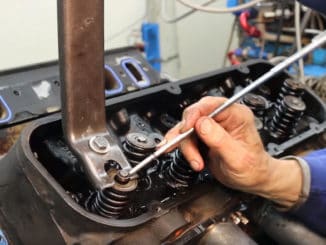
The oil pump is the most universal but arguably least technically explored part in the world of cars.
Uncle Tony breaks down how a typical gerotor oil pump works, a breakdown of its parts, and how and why they go bad…
What is a Gerotor?

A gerotor is a positive displacement pump. The name gerotor is derived from “generated rotor“.
A gerotor unit consists of an inner and outer rotor. The inner rotor has n teeth, while the outer rotor has n+1 teeth; with n defined as a natural number greater than or equal to 2. The axis of the inner rotor is offset from the axis of the outer rotor and both rotors rotate on their respective axes.
The geometry of the two rotors partitions the volume between them into n different dynamically-changing volumes. During the assembly’s rotation cycle, each of these volumes changes continuously, so any given volume first increases, and then decreases. An increase creates a vacuum. This vacuum creates suction, and hence, this part of the cycle is where the inlet is located. As a volume decreases compression occurs. During this compression period, fluids can be pumped, or, if they are gaseous fluids, compressed. Gerotor pumps are generally designed using a trochoidal inner rotor and an outer rotor formed by a circle with intersecting circular arcs.
https://en.wikipedia.org/wiki/Gerotor




